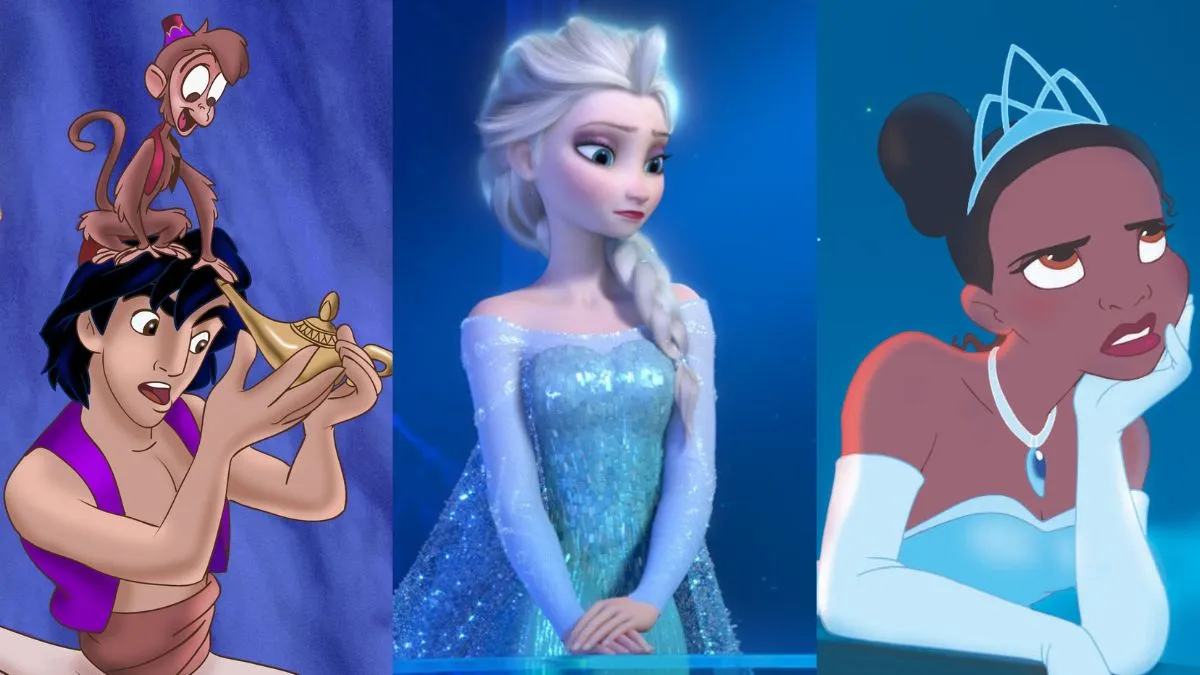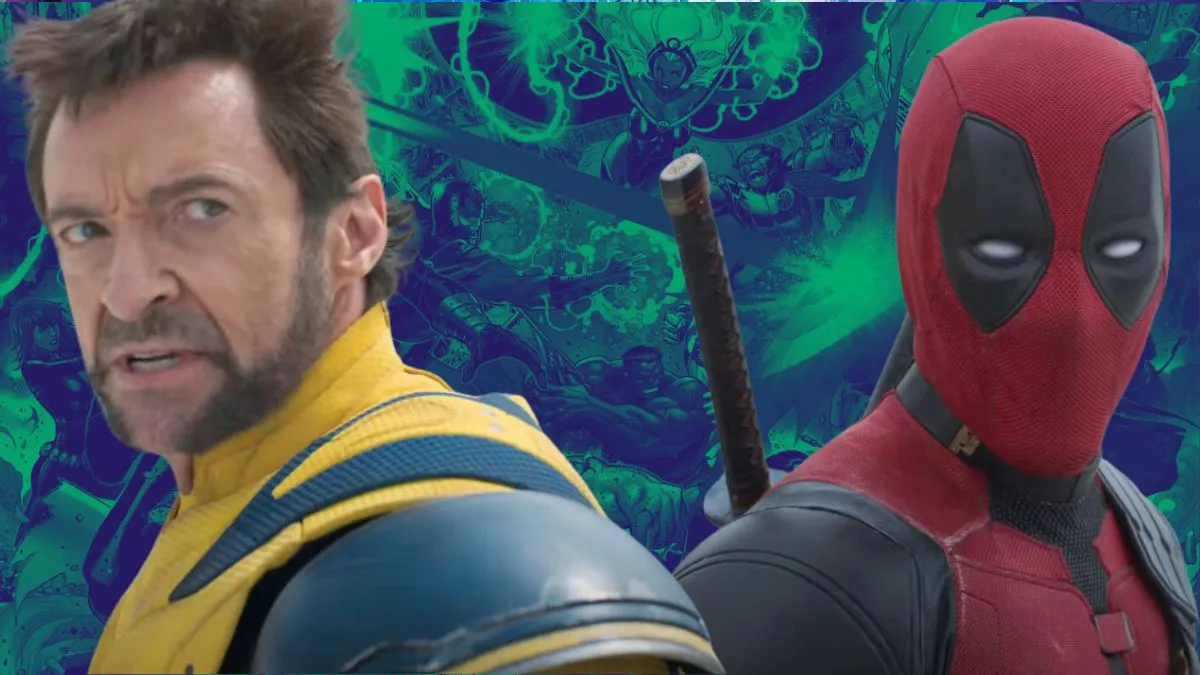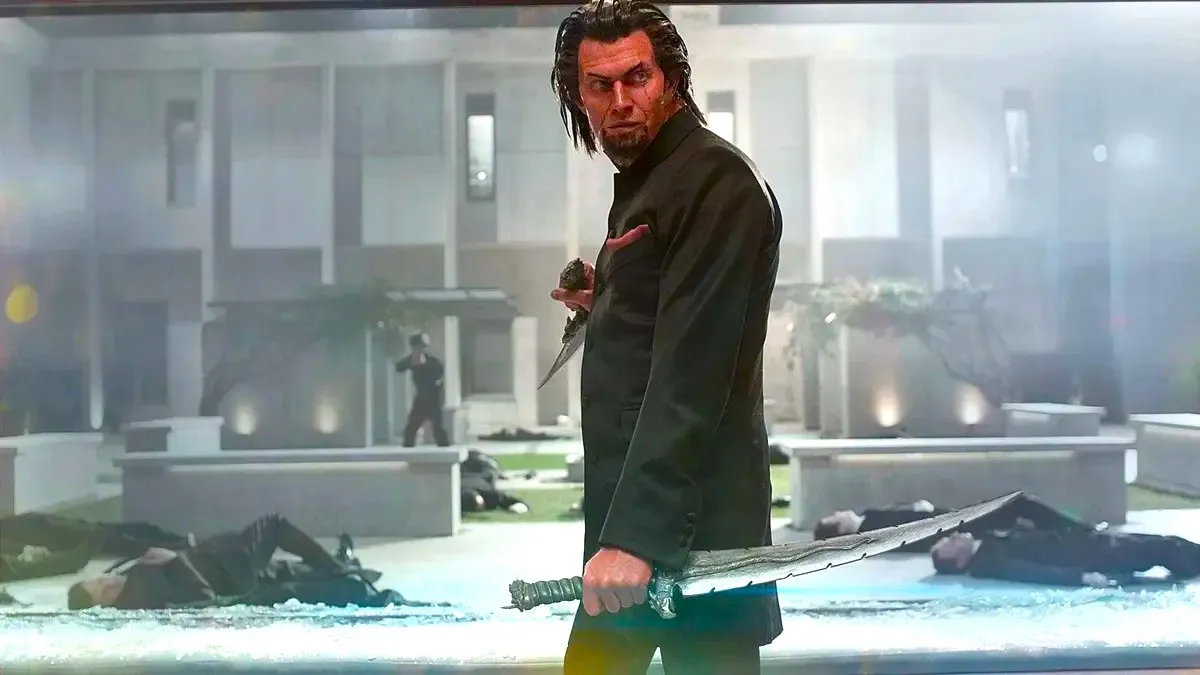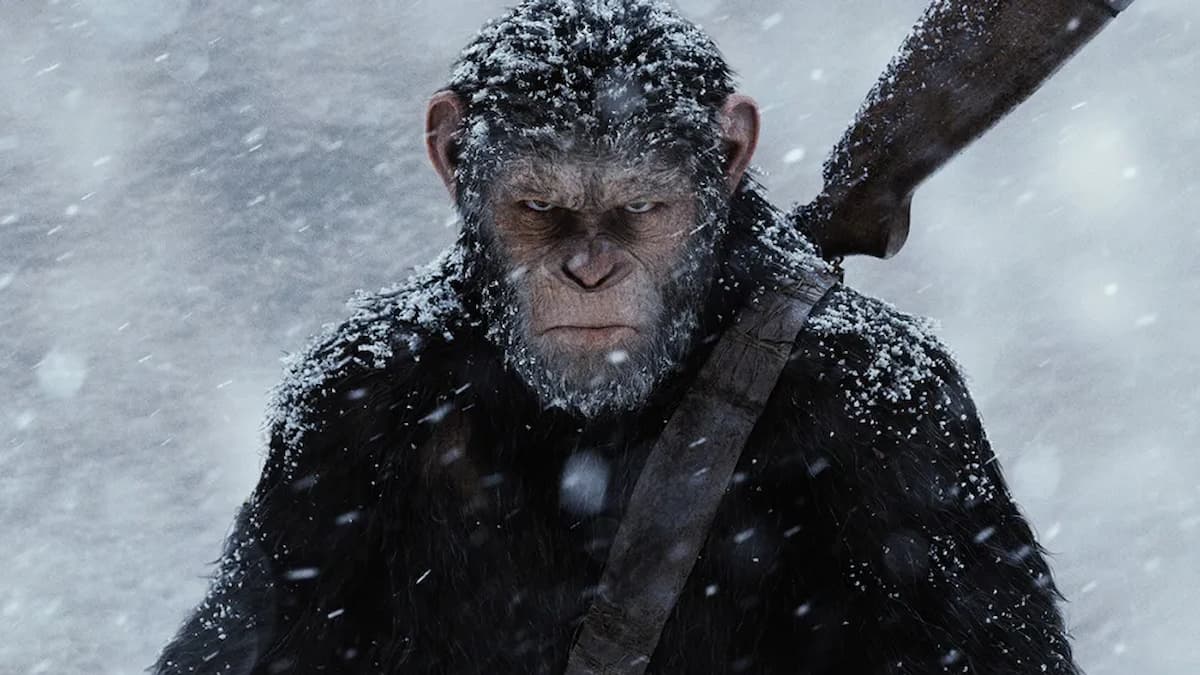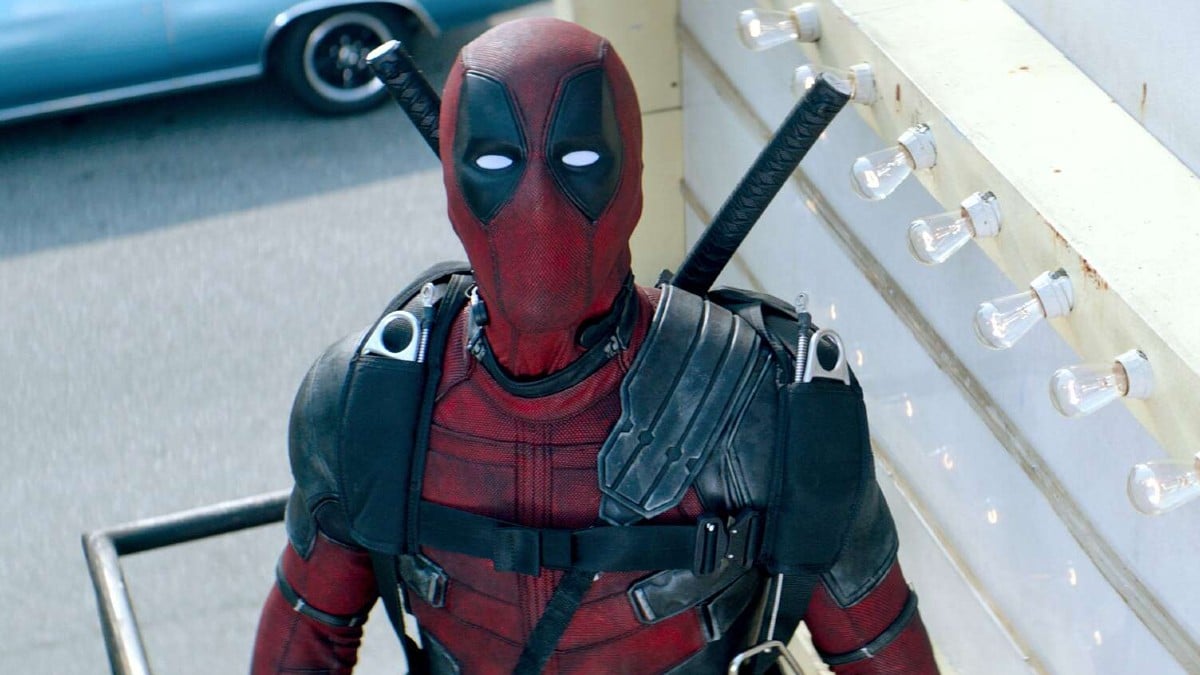Director, screenwriter and producer Nicolas Winding Refn, who made a name for himself in his native Denmark with his crime trilogy Pusher, is now becoming recognized in North America with his new action/drama film Drive, starring Ryan Gosling.
The film, which is based on James Sallis‘ novel of the same name, follows a Los Angeles stuntman, who goes simply by Driver and starts off driving cars for movies. However, he moves into the criminal world when he starts driving getaway cars for armed heists.
Nicolas Winding Refn, who won the Best Director Award at this year’s Cannes Film Festival for Drive, took the time to talk to us about the movie, which is set to hit theaters on September 16. The director discussed his natural working chemistry with Gosling, and how the soundtrack helped propel the film’s plot.
Check out what he had to say below.
Question: Where did you get the motivation to make this film, and why did you want to make it?
Nicolas Winding Refn: Ryan [Gosling] wanted to do a movie with me, and I found a motion that we can make a movie on.
Question: Ryan has said that ’80s music played a big part in connecting it all together for you.
NWR: Well, that’s because when he was driving me home from our first meeting, REO Speedwagon’s I Can’t Fight This Feeling was playing on the radio. I related to that song when I was younger, and I turned it up really loud and sang really loud, which is really obnoxious, especially when you met somebody for the first time, in a car.
We were going to Santa Monica to my hotel, and I was really out of it. I had the flu, and Harrison Ford had gotten me these anti-flu drugs that took the fever down, but made me high as a kite. When you’re like that, you’re all confused. I started to cry, and I missed my wife and my kids. I also saw this image of a guy driving a car by night. I turned to Ryan, and said “I got it, we’re going to make a movie about a guy who drives a car at night. He listens to pop music, because that’s his relief.” That’s the experience I had at that exact moment. He said “Cool, let’s do it.”
Question: Did you listen to any particular songs that motivated you?
NWR: Absolutely. Whenever I make a movie, I always try to figure out what kind of music it would be. I don’t do drugs anymore, so I use the music to give me ideas. I’m a fetish filmmaker, I make films based on what I would like to see. (Electronic German band) Kraftwerk would be repeating itself in my iPod, that I would listen to everyday.
There were scenes that I would even listen to music at the same time. Then I would continue to use that as we were editing it. We were cutting it at my house in L.A. I found these songs with my editor, Matt Newman, who edits all of my movies and who’s really into electronic music, much more than I am. He would come with all these suggestions. I took what I liked. I wanted this feminine, European Euro sound, the complete opposite of male masculinity. Those two combinations would be the extremes of both ends. You combine that, and get some energy that’s emotional.
Question: The lack of dialogue in this is shocking, to a certain extent. Did that happen in the script phase, or did you get Ryan and the ensemble cast, and pretty much go from there?
NWR: Basically, when I handed out the shooting script, about a week before we started shooting, it was like 81 pages. By the time I was done shooting, it was like 60 pages. I just kept taking out dialogue. All because Ryan had a really good perspective. He said it would be interesting if the driver doesn’t talk unless he’s asked something specific. Ryan and I are very telekinetic, we think the same thoughts.
Question: One of the strong emotional scenes was when he was up with Carey, and that stare-down. You got that whole scene with just that one look.
NWR: Falling in love is all about hearing, not what you hear.
Question: Was the intention from the beginning to have this main character in a thriller and an action film that would be so inward?
NWR: Well, I don’t see him as inward because there’s nothing for him to be inward about. He’s a normal human being who does normal things. But his DNA, for some reason, does not belong in our world. He’s like a man of mythological proportions. He’s fine with his solitude, and he’s fine without the solitude. But he falls in love with the purity of love. When he realizes it’s in danger, he will protect it at any cost. It’s higher than normal love, because it’s between him and his god.
Question: Yet, there’s such contrast between the violent, sporadic scenes and the rest of his quiet side.
NWR: Well, it’s like the Grimm’s Fairy Tale, which was very inspiring to me when I structured the film. It’s very fair, in that the wrong ones are punished, and the innocents prevail. That’s who he is; when he is needed, he will become a human being.
Question: Why isn’t it enough for him to be a stunt driver in a Hollywood film? Why does he have to go to the criminal side?
NWR: It’s something so deep in him that it doesn’t have an answer. He doesn’t get anything out of doing his criminal activity. But it’s like a movie mythology character.
Question: It’s not like he’s driven by greed or anything.
NWR: No. All that I eliminated, because I wanted to have a different side to his behavior than what you would expect. What he does in the beginning never repeats itself, until he has to do it to protect her. That’s where it goes wrong. He’s probably done this before, maybe continue to do it, because it’s part of his DNA. Why he does it is the exact reason why he does it.
He will never find the answer, that’s why he does it. It’s who he is. It’s part of movie mythology. The focus is very interesting, because it’s about movie mythology, and about people living in the movie mythology. People having difficulties of not relating to reality, but they see reality in a different way than we do.
Question: Was that the dynamic, that he was against these people who are pretty regular?
NWR: Yes, because then he becomes what they need. He represents their inner mirrors. When they need a human being, he’s a human being. When they need a hero, he’s a hero. When Bernie needs his nemesis, he becomes his nemesis. When Shannon (played by Bryan Cranston) needs his dream of buying a car with a driver, he’s his driver. He’s everything to everyone.
Question: Irene asks the Driver what he does, and he says he drives. He defines himself as a driver. What do you think driving means to him?
NWR: Well, when he says he drives, and Irene asks if he drives limousine, he says no, I drive for the movies. So he drives in the world of illusions. At the end of the film, he tells Bernie Rose he’s a scorpion, because he’s been transformed into this superhero.
Question: You mentioned how you both understood that he [Gosling] was going to be a driver. Did you try to find a book or script to fill that role?
NWR: Well, Universal had been trying to make this movie for six years, and had not done so, and decided not to do it. It was basically a project that had never gotten off the ground. It was very different, because Universal had wanted to make a very different kind of movie. I wanted to do something completely different than what they wanted to do. No studio would finance it, so I had to go to the world of independent finance. That meant I was back to square one: low budget, no time, which I’m used to and is comfortable. I knew how to play it out, and that I can make a movie that I wanted to make.
Question: How were you able to get this ensemble cast?
NWR: Well, I was very fortunate. But then again, I was in Los Angeles, and they’re all there. Everyone wants to work in their hometown, and everyone rarely does. But working locally had given me a lot of local access to great talent, both in front of, and behind, the camera for very little money.
I was fortunate that Christina Hendricks came by. I had never seen Mad Men. I was casting porn stars by that point for that role. But then she came, and we talked, and everybody liked her. Ron Perlamn called me and wanted to be in the film, and Carey Mulligan, the same thing. Albert Brooks was a similar situation. He was interested, I knew, from the beginning, and I called him and talked. We met at my house. I clearly saw this man was a volcano of emotions (laughs), and that if he didn’t kill somebody soon (on screen), he was going to do it for real. He wanted to do it in a movie and get it out.
Question: With the violence, it seems like a series of extremes.
NWR: Yeah, it had to have those extreme notions. I was always trying to figure out other ways of killing everyone, because I knew I never wanted the Driver to have a gun. He had to be like a superhero. The movie’s about a man who transforms himself into a superhero. That was the fun part.
Question: That structure of having a lot of quiet stretches, did that evolve?
NWR: No, I always liked silence, it’s my favorite sound. I believe silence is the greatest sound of all. A lot of people fear it, because it can remind you that you’re just a spectator. At the same time, it can also touch you deeply, because silence makes you feel, because you can’t hear anything. With people just looking at each other, it can be very powerful, if it’s done right. It’s terrible if it’s done wrong. What’s interesting is that you can’t hide anything, it’s the purest thing. You can’t throw your attention span into another direction. What you see is what you have.
Question: How limiting was it as an adaptation? Were you able to take the pieces that you wanted?
NWR: Oh, absolutely. I’m not the greatest filmmaker, there are a lot of better filmmakers than me. But I’m the best filmmaker in the kinds of films I make. So there was nothing else for me to do but choose what I liked and go with it. I always knew in the end that Ryan Gosling would protect me.
Coming to Hollywood, you always hear the horror stories, but I had good people around me, who maybe didn’t understand what I was doing, but always protected me. Ryan and I were so in-sync, that everyone else kind of cocooned us in to protect us, because there were no other options on the table.
That concludes our interview but we’d like to thank Nicolas Winding Refn for talking to us. You can catch Drive in theaters on September 16.





